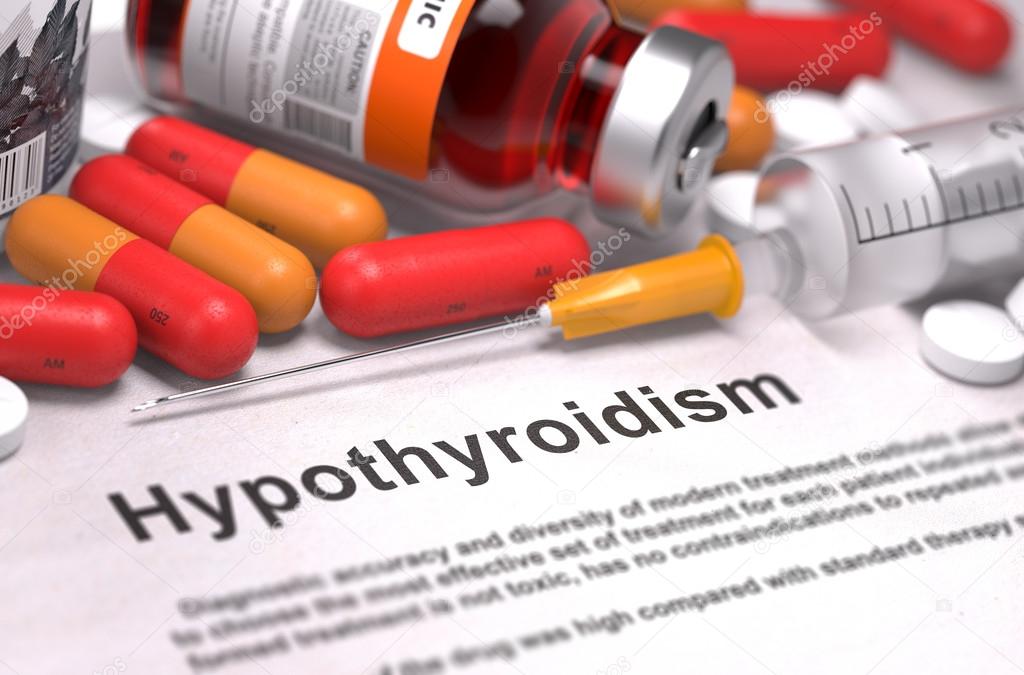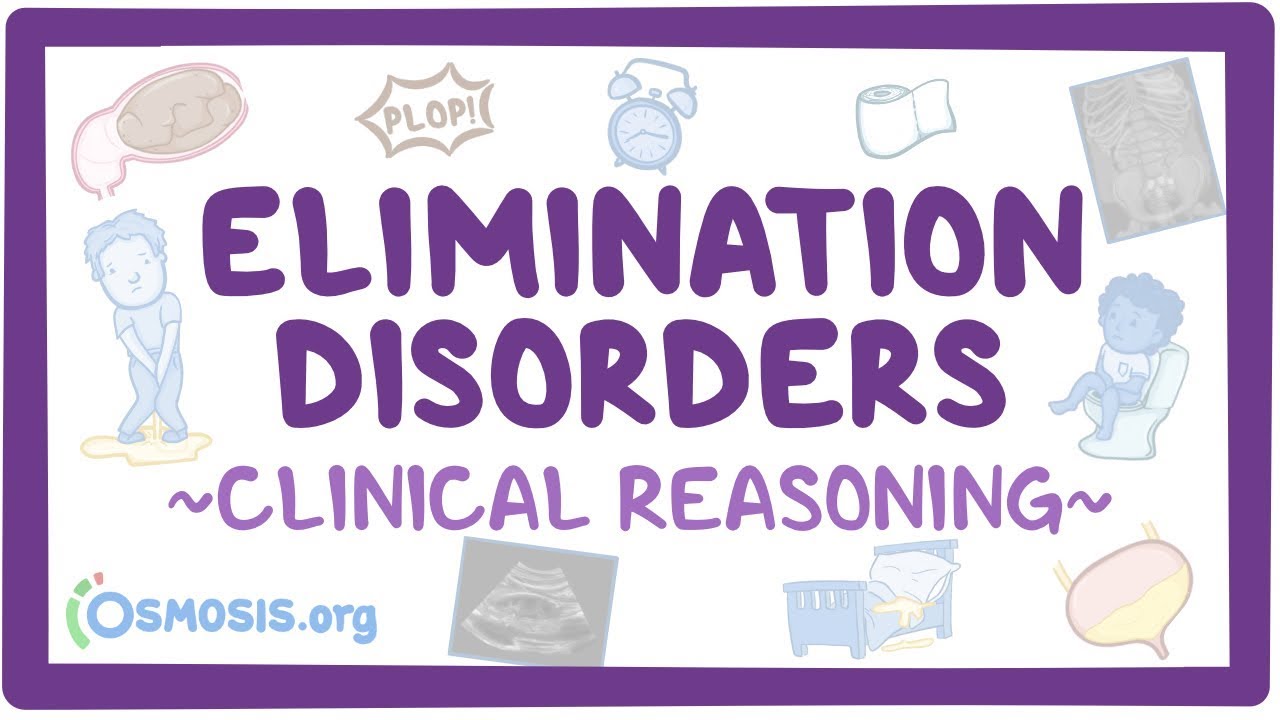Unlocking the Mysteries of Hypothyroidism: Understanding the Causes, Symptoms, and Treatment Options
 |
| Hypothyroidism // Depositphotos |
Exploring the Link Between Autoimmune Diseases, Iodine Deficiency, and Hypothyroidism: A Comprehensive Guide to Managing Symptoms
WHAT IS Hypothyroidism
R E A D : Advancements in Leukemia Treatment: New Hope for Patients
Hypothyroidism is a medical condition in which the thyroid gland doesn't produce enough thyroid hormones to meet the body's needs. The thyroid gland is a butterfly-shaped gland located in the neck, which produces hormones that regulate the body's metabolism.
Hypothyroidism can be caused by various factors, such as autoimmune diseases, radiation therapy, medications, iodine deficiency, and congenital defects. It can also occur as a result of surgical removal of the thyroid gland.
Symptoms of hypothyroidism can vary from person to person and may include fatigue, weight gain, dry skin, cold intolerance, constipation, depression, joint pain, and muscle weakness.
Treatment for hypothyroidism usually involves taking a daily dose of synthetic thyroid hormone replacement medication to replace the deficient thyroid hormones.
Hypothyroidism research worldwide
There have been numerous studies conducted on hypothyroidism worldwide, and the prevalence of the condition varies across different regions and populations.
Some key findings from hypothyroidism research worldwide include:
Hypothyroidism is more common in women than in men, and its prevalence increases with age.
Iodine deficiency is a leading cause of hypothyroidism in many developing countries.
Autoimmune thyroiditis, also known as Hashimoto's thyroiditis, is the most common cause of hypothyroidism in iodine-sufficient regions.
Hypothyroidism is associated with various adverse health outcomes, including cardiovascular disease, metabolic syndrome, and cognitive impairment.
Effective treatment of hypothyroidism with thyroid hormone replacement therapy can significantly improve symptoms and reduce the risk of complications.
It's important to note that while hypothyroidism is a common condition, the best approach to its diagnosis and management can vary depending on individual circumstances. Therefore, it's essential to consult with a healthcare provider for personalized advice and treatment recommendations.
Causes cases of Hypothyroidism around the world
The causes of hypothyroidism can vary depending on factors such as geography, genetics, and lifestyle. Here are some common causes of hypothyroidism worldwide:
- Autoimmune diseases: Hashimoto's thyroiditis is the most common cause of hypothyroidism worldwide. This autoimmune disorder causes the immune system to attack the thyroid gland, resulting in reduced thyroid hormone production.
- Iodine deficiency: Iodine is an essential nutrient required for the synthesis of thyroid hormones. In regions with iodine deficiency, hypothyroidism can occur due to the insufficient intake of this nutrient.
- Congenital hypothyroidism: Some babies are born with an underactive thyroid gland, which can lead to hypothyroidism if left untreated.
- Radiation therapy: Exposure to radiation, such as during cancer treatment, can damage the thyroid gland, leading to hypothyroidism.
- Thyroid surgery: Surgical removal of the thyroid gland, often performed to treat thyroid cancer, can also result in hypothyroidism.
- Medications: Certain medications, such as lithium and amiodarone, can interfere with thyroid hormone production, leading to hypothyroidism.
- Aging: The incidence of hypothyroidism increases with age, with an estimated 10% of individuals over 60 years of age having the condition.
- The Link Between Oral Health Disease and Overall Well-being: Prevention and Treatment Strategies
- Unlock Vitality: 10 Common Habits that Drain Energy Levels Unknowingly
- Unraveling the Mystery of Excessive Mucus: 8 Potential Causes You Should Know About
- What You Need to Know About Dementia Types, Risk Factors, and How to Recognize Symptoms
 |
| Hypothyroidism Causes, Symptoms, and Effective Treatment Options // Healthline |
The symptoms of Hypothyroidism cases around the world
The symptoms of hypothyroidism can vary from person to person, and not everyone with the condition will experience all of the following symptoms. Here are some common symptoms of hypothyroidism seen around the world:
- Fatigue and weakness: Individuals with hypothyroidism may experience extreme fatigue and weakness, even with sufficient rest.
- Weight gain: Hypothyroidism can slow down the body's metabolism, leading to weight gain even with the same caloric intake.
- Cold intolerance: People with hypothyroidism may feel cold even in warm temperatures and may have cold hands and feet.
- Dry skin and hair: Hypothyroidism can cause dry, itchy skin and brittle hair that breaks easily.
- Constipation: Hypothyroidism can cause slow bowel movements, resulting in constipation.
- Depression and anxiety: Hypothyroidism can affect mood and cause symptoms such as depression and anxiety.
- Muscle and joint pain: People with hypothyroidism may experience muscle and joint pain, stiffness, and weakness.
- Menstrual irregularities: Hypothyroidism can cause menstrual irregularities in women, including heavy bleeding and longer menstrual cycles.
- Memory problems and cognitive impairment: Hypothyroidism can affect memory and cognitive function, causing forgetfulness and difficulty concentrating.
It's important to note that these symptoms can also be caused by other conditions, so a healthcare provider should be consulted for an accurate diagnosis and treatment recommendations.
The treatment and cure of symptoms of Hypothyroidism cases around the world
While there is no cure for hypothyroidism, the condition can be effectively managed with treatment. Treatment aims to replace the missing thyroid hormone, improve symptoms, and prevent complications. Here are some common treatment options for hypothyroidism:
- Synthetic thyroid hormone replacement therapy: This is the most common treatment for hypothyroidism. Synthetic thyroid hormone medication, such as levothyroxine, is taken daily to replace the missing thyroid hormone.
- Iodine supplementation: In regions where iodine deficiency is the cause of hypothyroidism, iodine supplementation can help restore thyroid hormone production.
- Lifestyle changes: Maintaining a healthy diet, exercising regularly, and reducing stress can all help improve symptoms of hypothyroidism.
- Regular monitoring: People with hypothyroidism should have their thyroid hormone levels monitored regularly to ensure that they are within the normal range.
It's important to note that hypothyroidism is a chronic condition, and treatment is usually required for life. However, with appropriate treatment, most people with hypothyroidism can lead normal, healthy lives. It's important to work with a healthcare provider to determine the best treatment plan for individual needs.
R E A D : Maximizing the Benefits of Omega-3: A Comprehensive Guide to Their Importance in Your Diet
hypothyroidism is a common condition seen around the world, with varying prevalence rates depending on geography, genetics, and lifestyle factors. The condition can be caused by various factors, including autoimmune diseases, iodine deficiency, congenital defects, radiation therapy, thyroid surgery, medications, and aging. The symptoms of hypothyroidism can also vary widely but may include fatigue, weight gain, cold intolerance, dry skin and hair, constipation, depression, and menstrual irregularities. However, with appropriate treatment, most people with hypothyroidism can lead normal, healthy lives. Treatment options include synthetic thyroid hormone replacement therapy, iodine supplementation, lifestyle changes, and regular monitoring. It's important to work with a healthcare provider to determine the best treatment plan for individual needs.











